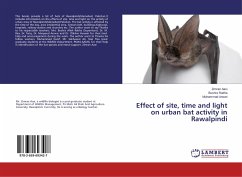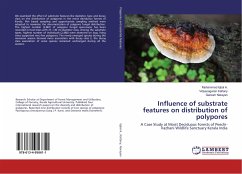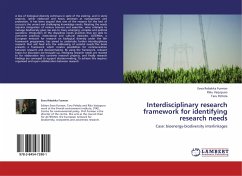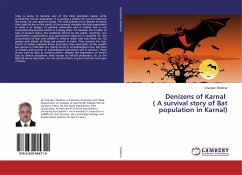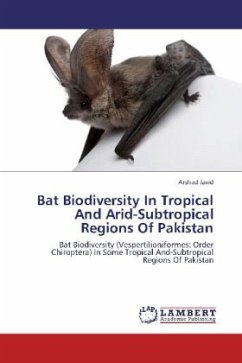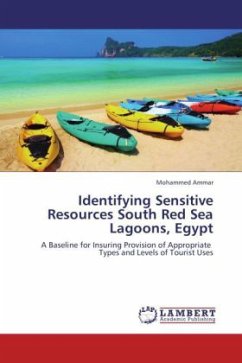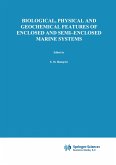Bat populations worldwide have been under pressure for decades due to habitat loss, pollution and disease. Recently, a fungus causing White Nose Syndrome has killed millions of bats in the United States. In order to improve bat conservation efforts, mobile ultrasonic surveys were conducted along two transects in Chautauqua County, NY during the summer of 2013. Surveys began 30 minutes after sunset on nights where the temperature was 13 degrees Celsius, and were driven between 29 - 32 kmph. Twenty surveys were completed, and 1248 bats were identified to species. Loglinear analysis revealed a significant relationship between bat calling activity and forested habitats, specifically for big brown, silver haired, eastern red, and hoary bats. Wetland, stream, residential habitats and elevation were also shown to have a significant relationship with calling activity. This study supports the hypothesis that bats vary foraging behavior at the species level, and indicates the importance of forested habitats to bats. Additionally, the methodology for this study has the potential to gather large data sets in a short period of time, while simultaneously collecting data on multiple species.


